
Claude Closky is a French Contemporary Artist who lives and works in Paris, France.
David Goldblatt HonFRPS was a South African photographer noted for his portrayal of South Africa during the period of apartheid. After apartheid had ended he concentrated more on the country's landscapes. What differentiates Goldblatt's body of work from those of other anti-apartheid artists is that he photographed issues that went beyond the violent events of apartheid and reflected the conditions that led up to them. His forms of protest have a subtlety that traditional documentary photographs may lack: "[M]y dispassion was an attitude in which I tried to avoid easy judgments. . . . This resulted in a photography that appeared to be disengaged and apolitical, but which was in fact the opposite." He has numerous publications to his name.
Georges Adéagbo is a Beninese sculptor known for his work with found objects.

Anri Sala is an Albanian contemporary artist whose primary medium is video.
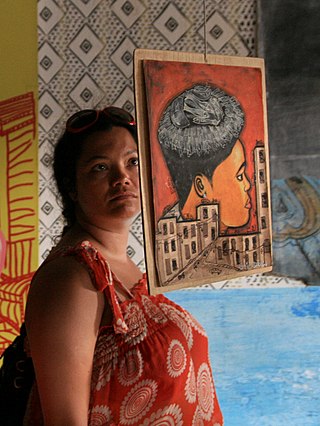
Tracey Rose is a South African artist who lives and works in Johannesburg. Rose is best known for her performances, video installations, and photographs.

Niele Toroni is a Swiss painter. He lives and works in Paris.

Barbara Polla is a Swiss medical doctor, gallery owner, art curator and writer.
Fiona Tan is a visual artist primarily known for her photography, film and video art installations. With her own complex cultural background, Tan's work is known for its skillful craftsmanship and emotional intensity, which often explores the themes of identity, memory, and history. Tan currently lives and works in Amsterdam, the Netherlands.
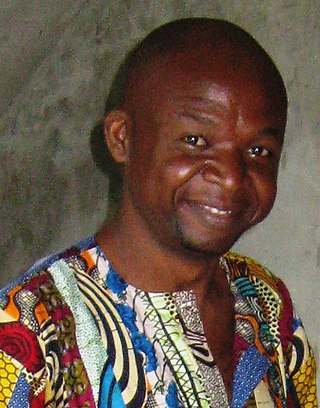
Goddy Leye was a Cameroonian artist and intellectual.
Michael Rakowitz is an Iraqi-American artist living and working in Chicago. He is best known for his conceptual art shown in non-gallery contexts.
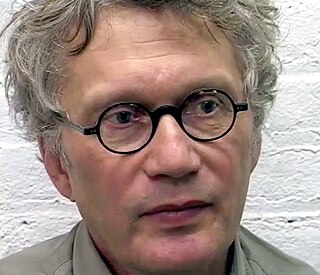
Bill Beckley is an American narrative and conceptual artist.
Melik Ohanian is a French contemporary artist of Armenian origin. He lives and works in Paris and New York City. His work has been shown in many solo exhibitions including Galerie Chantal Crousel, Centre Pompidou and Palais de Tokyo in Paris, South London Gallery in London, De Appel in Amsterdam, IAC in Villeurbanne, Yvon Lambert in New York, Museum in Progress in Vienna, and Matucana 100 in Santiago de Chile.
Pavel Pepperstein is a Russian artist and writer.
Selfati, is a contemporary Moroccan painter, drawer, and illustrator. He lives between Paris, Tangiers and New York.
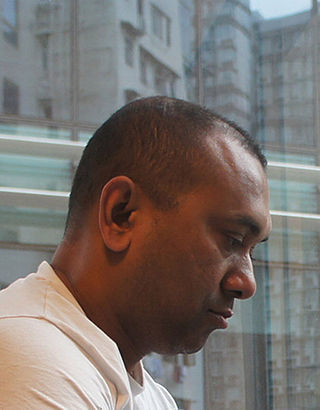
Firoz Mahmud is a Bangladeshi visual artist based in Japan. He was the first Bangladeshi fellow artist in research at Rijksakademie Van Beeldende Kunsten in Amsterdam. Mahmud's work has been exhibited at the following biennales: Sharjah Biennale, the first Bangkok Art Biennale, at the Dhaka Art Summit, Setouchi Triennale (BDP), the first Aichi Triennial, the Congo Biennale, the first Lahore Biennale, the Cairo Biennale, the Echigo-Tsumari Triennial, and the Asian Biennale.
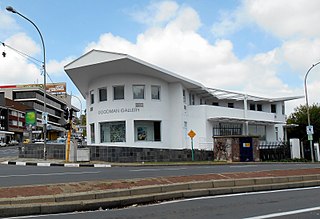
Goodman Gallery is an art gallery founded in Johannesburg, South Africa by Linda Givon in 1966. The gallery operates spaces in Johannesburg, Cape Town, and London. It represents both established and emerging artists who are regarded as having helped shape the landscape of contemporary art in Southern Africa.

Taus Makhacheva is a contemporary artist from Russia. She creates works that explore the restless connections between historical narratives and fictions of cultural authenticity. Often humorous, her art considers the resilience of images, objects and bodies emerging out of stories and personal experiences. Her methodology involves reworking of materials, landscapes and monuments, pushing against walls, opening up ceilings and proliferating institutional spaces with a cacophony of voices.
Buhlebezwe Siwani is a multidisciplinary artist known for her work in performance art, installations, and photographic stills.

Safaa Erruas, born in 1976 in Tétouan, is a Moroccan artist.
Gerald Machona is a Zimbabwean contemporary visual artist. The most recognizable aspect of his work is his use of decommissioned Zimbabwean dollars. Machona works in sculpture, performance, new media, photography and film. In Machona's work, he explores issues of migration, transnationality, social interaction and xenophobia in South Africa.

![Fatmi at Dakar Biennale in 2000 (with Goddy Leye and Sandrine Dole [it]) Isola-goree-sandrine-goddy-mounir.JPG](http://upload.wikimedia.org/wikipedia/commons/thumb/b/b2/Isola-goree-sandrine-goddy-mounir.JPG/220px-Isola-goree-sandrine-goddy-mounir.JPG)










